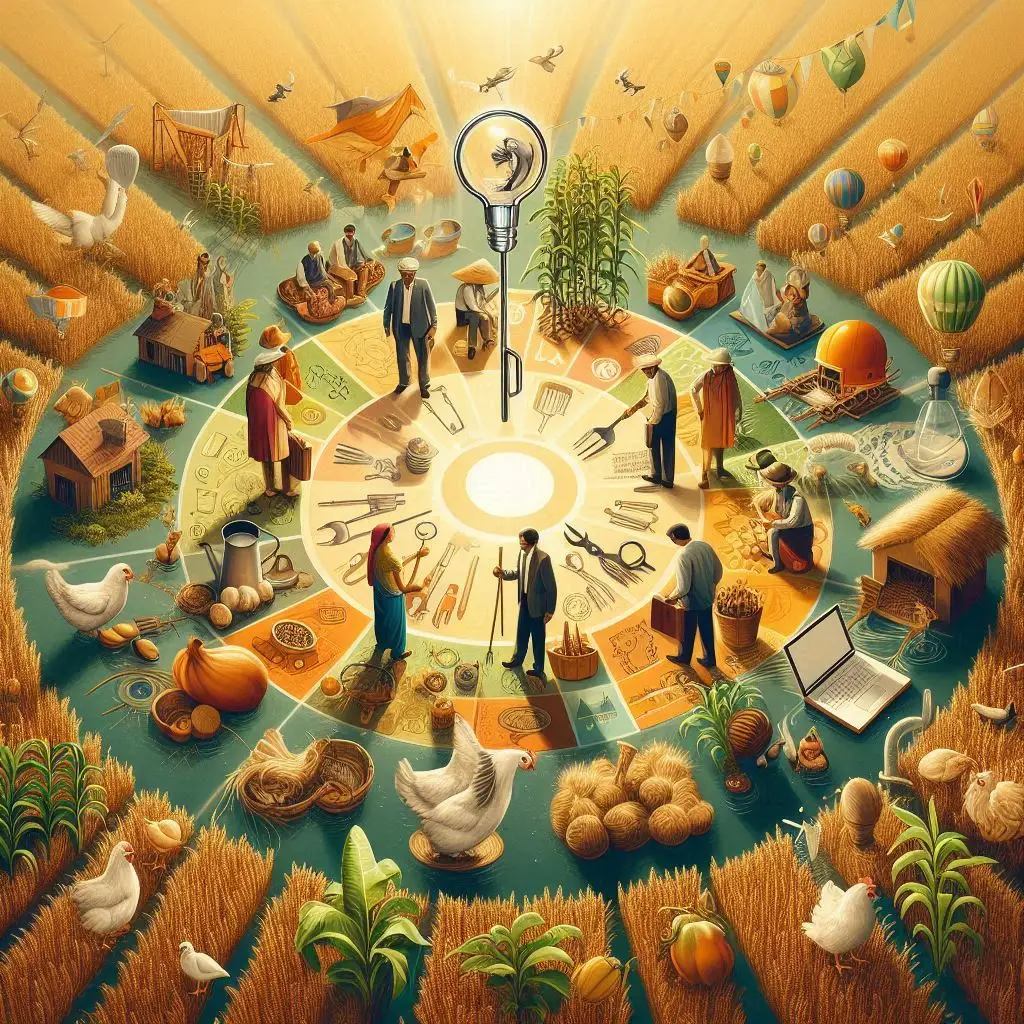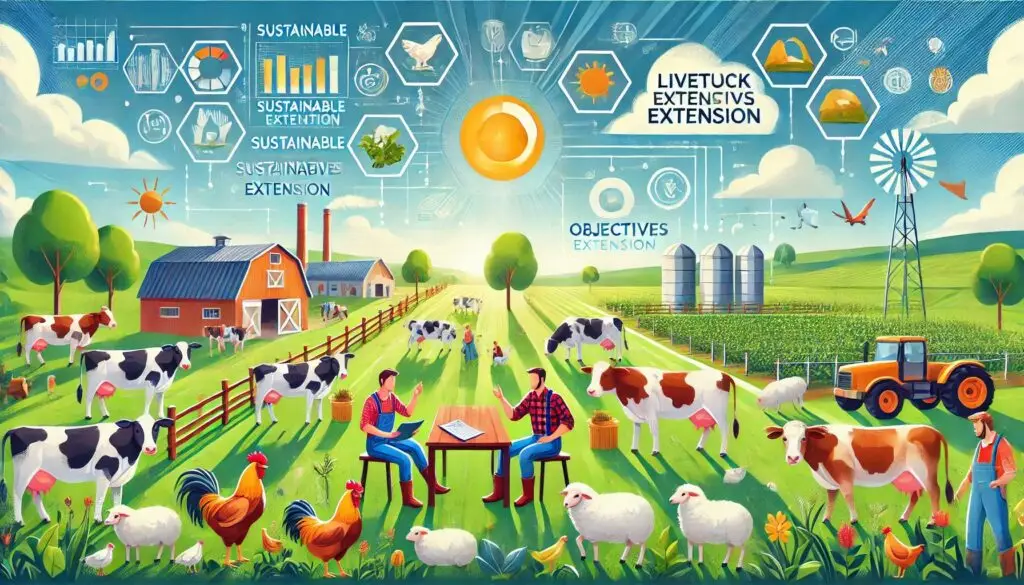Improving Labor Efficiency on Livestock Farms

Improving labor efficiency on livestock farms is essential for maximizing productivity and profitability. As the agricultural sector faces challenges such as labor shortages and rising costs, farmers must adopt innovative strategies. This article explores various methods to enhance labor efficiency, focusing on automation, effective management practices, and employee training.
Understanding Labor Efficiency in Livestock Farming
Labor efficiency refers to the output produced per unit of labor input. In livestock farming, this means maximizing animal production while minimizing the time and resources spent. Understanding how to improve this efficiency can lead to significant cost savings and increased profitability.
The Importance of Labor Efficiency
Labor efficiency impacts every aspect of a livestock operation. Higher efficiency means:
- Reduced Costs: Less time spent on tasks leads to lower labor costs.
- Increased Productivity: More animals can be managed effectively.
- Better Animal Welfare: Efficient operations allow for more attention to animal health.
Challenges Facing Livestock Farmers
Farmers today face several challenges that hinder labor efficiency:
- Labor Shortages: Many regions struggle to find skilled workers.
- Rising Costs: Operational costs continue to climb.
- Health Regulations: Compliance with health standards requires additional time and resources.
By addressing these challenges, farmers can improve their operations significantly.
Strategies to Enhance Labor Efficiency
1. Embrace Automation
Automation is revolutionizing livestock farming. By incorporating technology, farmers can reduce manual labor while increasing productivity.
Automated Feeding Systems
Automated feeders ensure that livestock receive consistent nutrition without manual intervention. These systems can adjust feed amounts based on animal needs. For more information on automated feeding systems, check out this article.
Milking Robots
For dairy farms, milking robots can save hours of labor each day. These machines allow cows to be milked at their convenience, improving milk yield and quality. Learn more about milking robots in this detailed guide.
2. Optimize Grazing Management
Effective grazing management can significantly reduce labor demands. Implementing a rotational grazing system allows pastures to recover while ensuring livestock have access to fresh forage.
Benefits of Rotational Grazing
- Improved Soil Health: Rotational grazing enhances soil fertility.
- Increased Forage Quality: Animals graze on fresher, more nutritious grass.
- Reduced Feed Costs: Less reliance on supplemental feed lowers expenses.
For more insights into rotational grazing, visit this resource.
3. Invest in Infrastructure
Investing in modern infrastructure can streamline operations. Facilities should be designed for maximum efficiency.
Efficient Barn Design
A well-designed barn facilitates better movement of animals and workers. Features such as wide aisles and proper ventilation enhance both animal welfare and worker safety.
Milking Parlors
Modern milking parlors are designed for efficiency. They allow for quick entry and exit of cows, reducing the time spent milking. Explore various designs at this link.
4. Leverage Technology for Monitoring
Technology plays a crucial role in monitoring livestock health and productivity.
Health Monitoring Systems
Wearable technology for animals can track health metrics like heart rate and activity levels. This data helps farmers identify health issues early, reducing the time spent on treatments.
For more information on livestock monitoring technologies, check out this article.
5. Train Your Workforce
A well-trained workforce is essential for maintaining high levels of efficiency.
Ongoing Training Programs
Regular training ensures that employees are up-to-date with best practices in animal care and farm management. This investment pays off through increased productivity and employee retention.
Employee Engagement
Engaging employees fosters a positive work environment. Encourage feedback and involve them in decision-making processes to enhance morale and productivity.
6. Implement Data Management Systems
Data-driven decision-making is vital for improving farm operations.
Farm Management Software
Utilizing farm management software allows farmers to track performance metrics easily. This data helps identify inefficiencies and areas for improvement.
For recommendations on farm management software, visit this guide.
7. Focus on Animal Health Management
Healthy animals are more productive and require less labor for care.
Regular Veterinary Care
Routine veterinary check-ups prevent health issues that could lead to increased labor demands later on. Establish a strong relationship with a veterinarian who understands your operation’s needs.
Nutrition Management
Providing balanced nutrition is crucial for maintaining animal health. Work with a nutritionist to develop feeding programs tailored to your herd’s specific needs.
8. Streamline Record Keeping
Efficient record keeping saves time and improves compliance with regulations.
Digital Record Keeping Solutions
Transitioning from paper records to digital solutions can simplify tracking animal health, breeding schedules, and feed inventory. Explore options like FarmWizard for effective record management.
9. Foster Community Connections
Building relationships within the agricultural community can lead to shared resources and knowledge exchange.
Collaborative Farming Initiatives
Joining local farming groups or cooperatives allows farmers to share equipment and labor during peak seasons. This collaboration reduces individual burdens while enhancing overall efficiency.
Conclusion
Improving labor efficiency on livestock farms is not just about cutting costs; it’s about building a sustainable future for farming operations. By embracing automation, optimizing grazing management, investing in infrastructure, leveraging technology, training employees, focusing on animal health, streamlining record keeping, and fostering community connections, farmers can create a more efficient operation that benefits everyone involved.
More from Livestock Production and Management:
https://wiseias.com/essential-dairy-equipment/






Responses